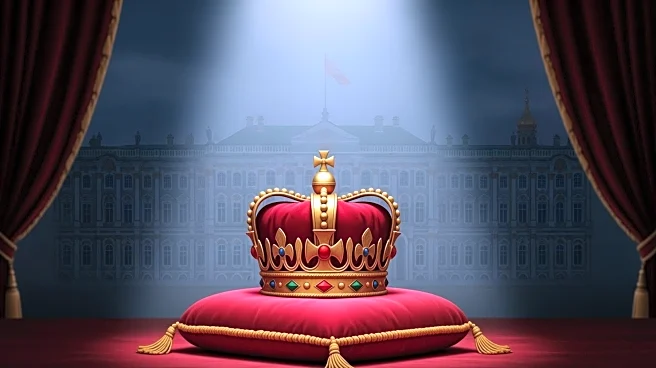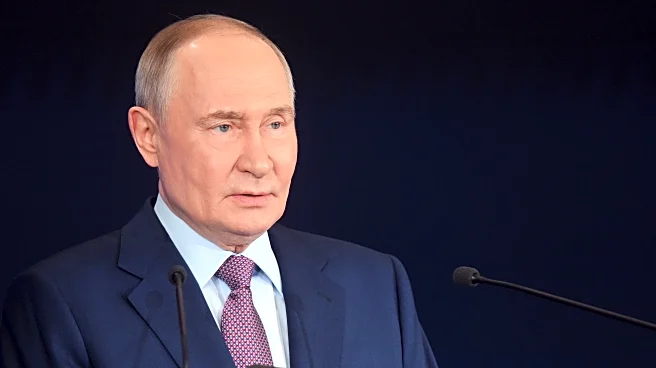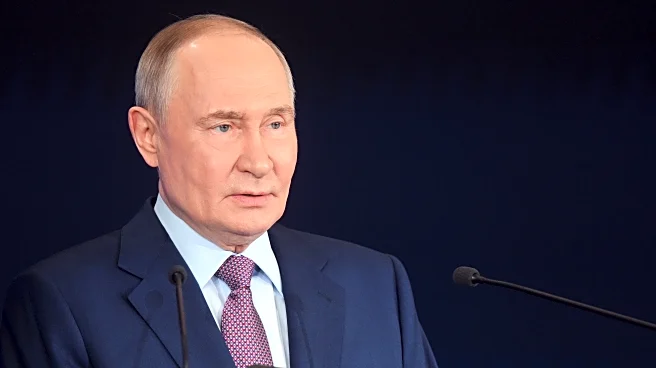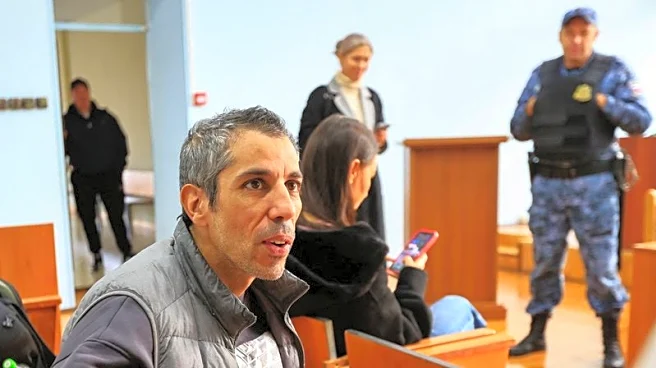Peter the Great, born Pyotr Alekseevich on June 9, 1672, was a czar of Russia who transformed the nation from an isolated kingdom into a transcontinental great power. His reign, which lasted from May 7, 1682, to February 8, 1725, marked a significant period in Russian history, characterized by extensive reforms and military campaigns.
Origins & Early Formation
Peter the Great was born in Moscow, Tsardom of Russia, on May 30, 1672. He ascended to the throne in 1682 after his
sister, Sophia Alekseyevna, lost a war. His early years were marked by a co-monarchy with Ivan V and a regency under Sophia Alekseyevna until 1689.
First Steps into Public Life
Peter's initial steps into public life involved a visit to Western Europe in 1697 and 1698, where he sought allies against Turkey. He hired foreign technical specialists and brought them to Russia, aiming to modernize the nation. His ambition for Russia to have access to the sea led to the construction of the city and seaport of St. Petersburg, which became the capital in 1711.
Rise & Turning Points
Peter the Great's reign was marked by several military campaigns, including the Great Turkish War, where Russia fought against the Ottoman Empire and won fortresses in Azov. The Great Northern War against Sweden saw Russia's victory at the Battle of Poltava in 1709, leading to the Treaty of Nystad in 1721, where Sweden ceded Estonia, Livonia, and Ingria to Russia. These victories elevated Russia to a major power, prompting Peter to change its name from the Tsardom of Russia to the Russian Empire.
Final Years, Death & Legacy
Peter the Great's final years were spent consolidating his reforms and expanding Russian territory. The Russo-Persian War from 1722 to 1723 resulted in territorial gains, although these were lost after his death. Peter passed away on January 28, 1725, in Saint Petersburg, leaving behind a legacy of modernization and expansion that shaped the future of Russia.
















